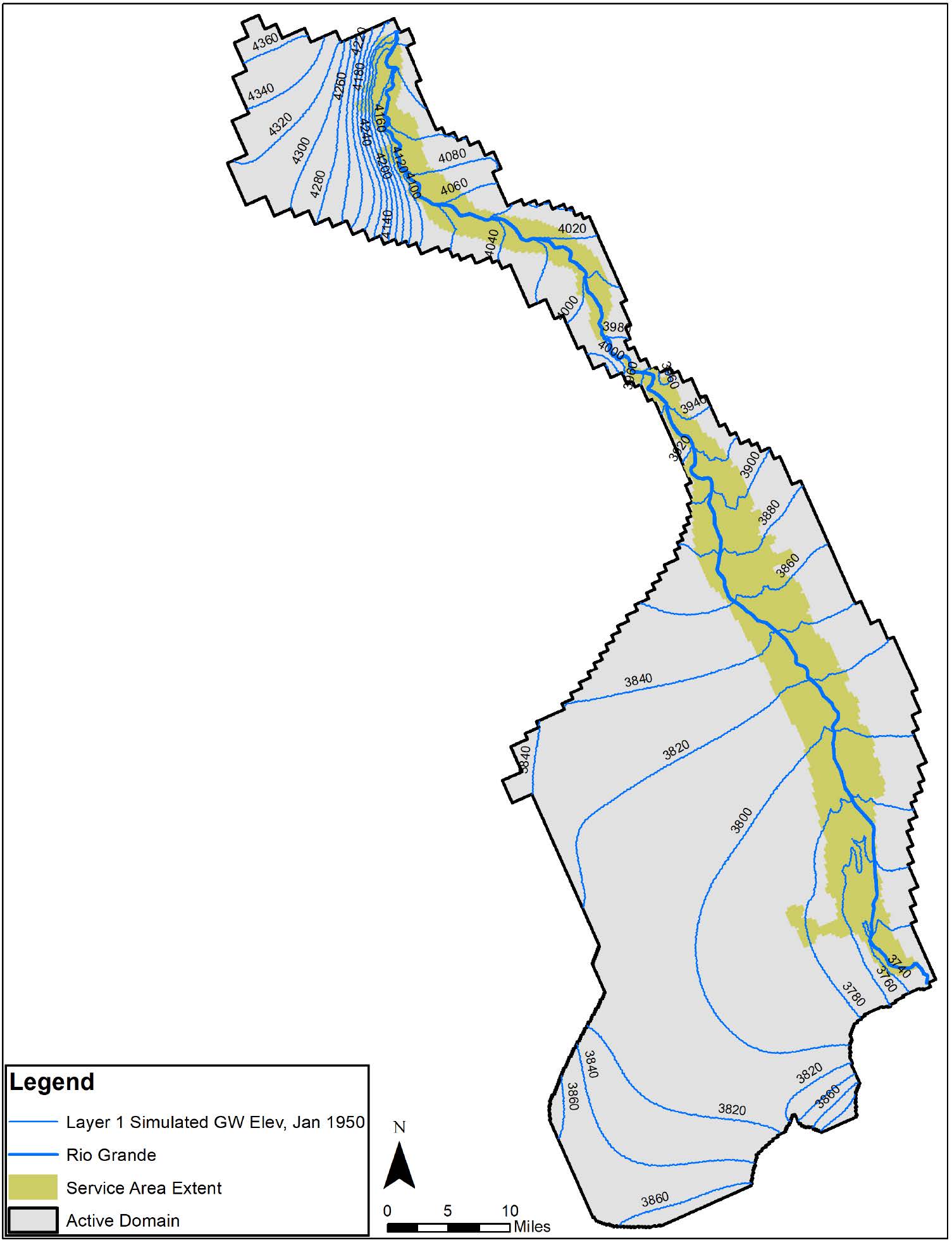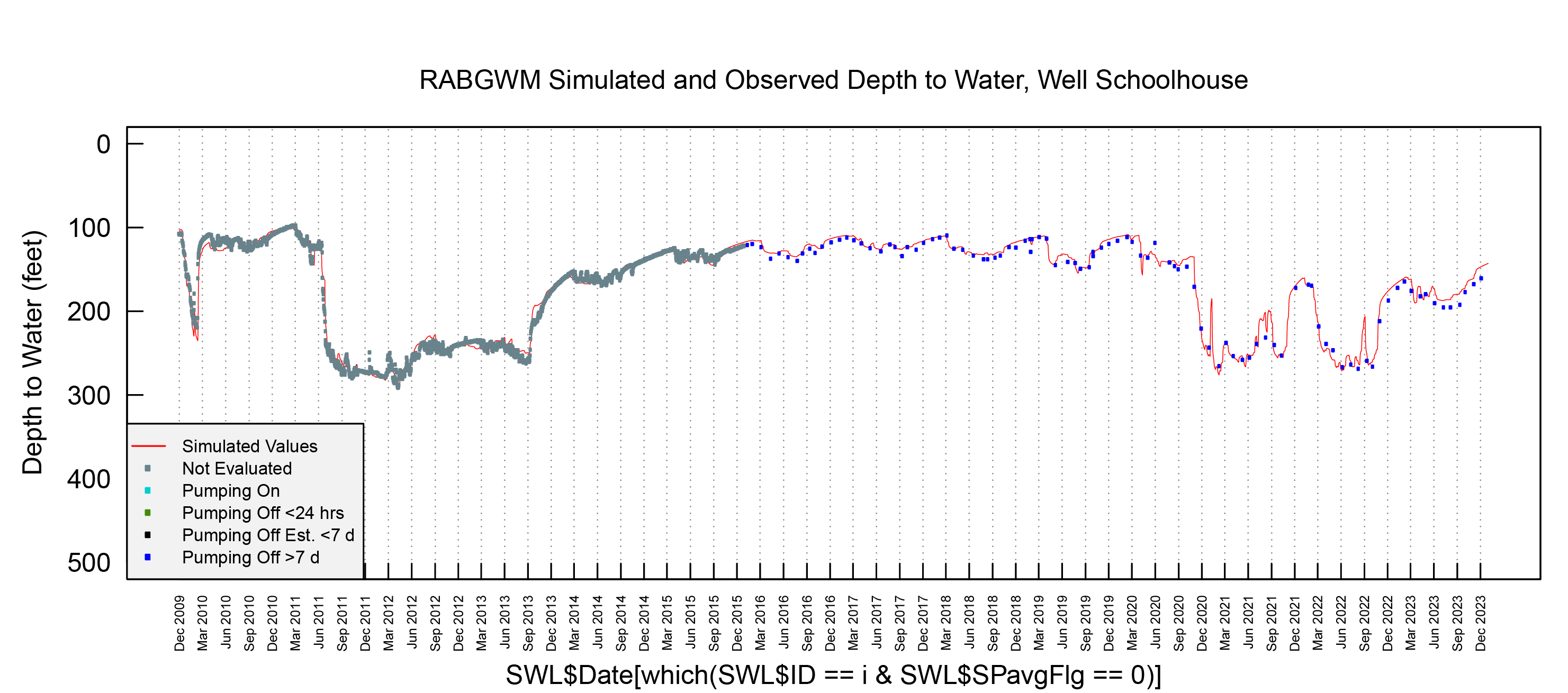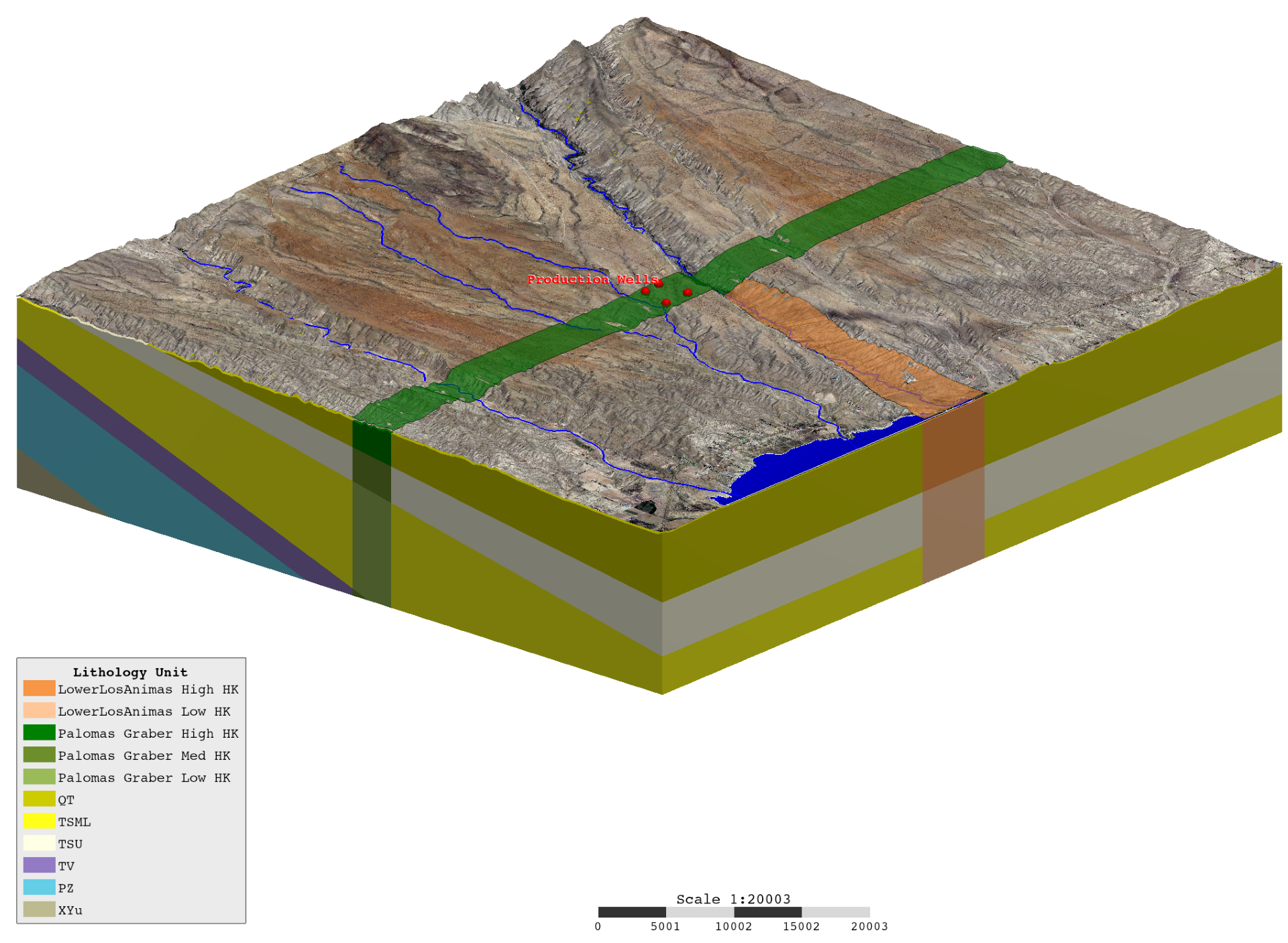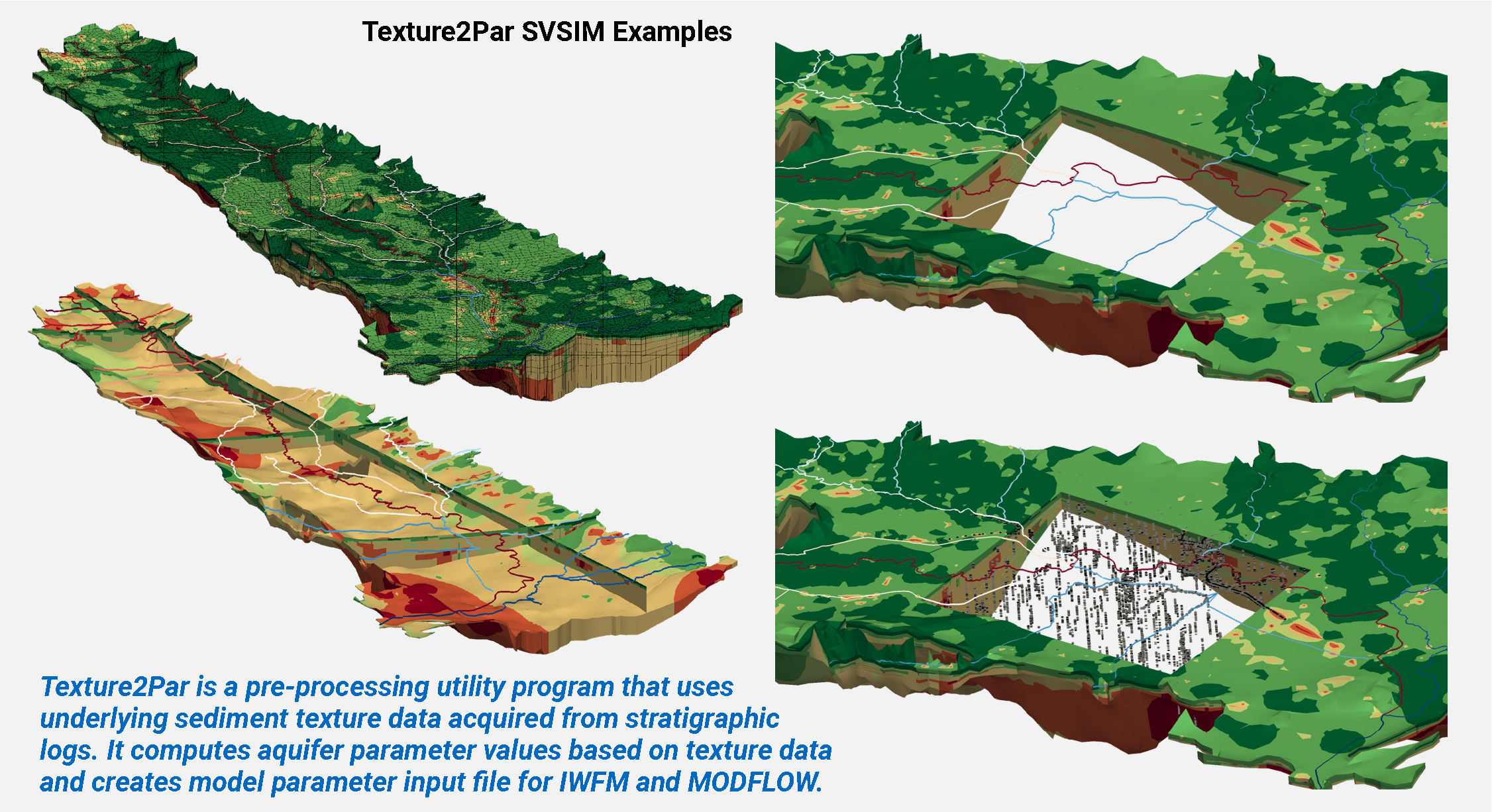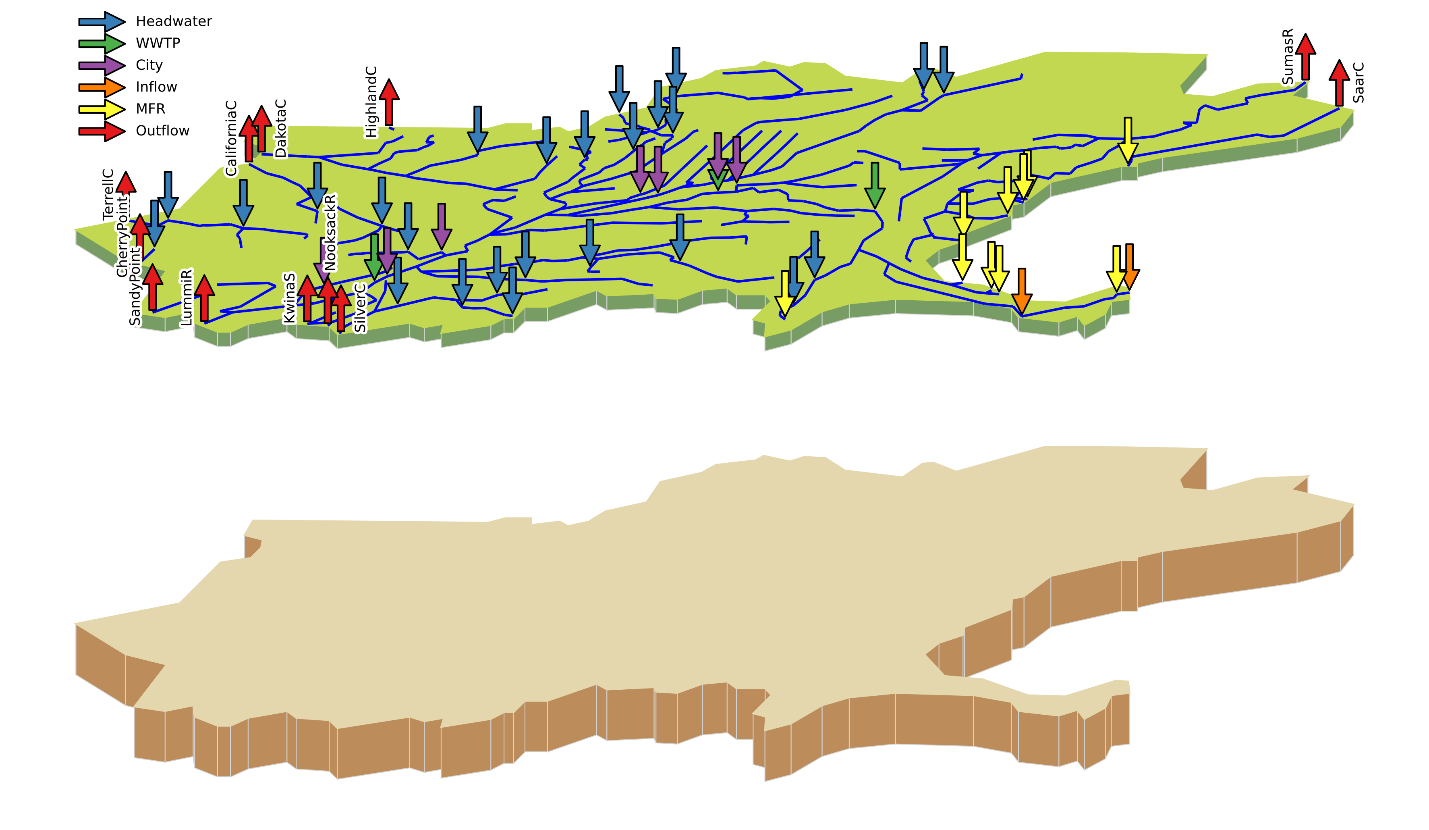Dr. Ou is a hydrologic and groundwater modeler with extensive experience in model implementation and development, water resources planning and assessments, development of graphical user interfaces, and statistical and spatial analysis. He brings strong computational and advanced mathematics skills and experience programming with Python, Fortran, R, and VBA. He has developed many software applications including several MODFLOW packages to enhance model capability.
Dr. Ou analyzes and customizes modeling software architecture, performs model simulations, and provides data analysis and data integration.
EDUCATION
- PhD, Civil Engineering (minor in Natural Resource Sciences), University of Nebraska-Lincoln, 2015
- MS, Hydrology and Water Resources, Hohai University, Nanjing, China, 2009
- BE, Hydrology and Water Resources Engineering, Hohai University, Nanjing, China, 2006
AREAS OF EXPERTISE
- Groundwater Modeling
- Surface and Vadose Zone Hydrology
- Scientific Programming (Python, Fortran)
- Desktop and Web App Development
- Data Analysis and Visualization
- Geospatial Analysis
RESEARCH & DEVELOPMENT
- Automated workflow and visualization
- Calibration-constrained stochastic groundwater modeling
- Multi-source, multi-scale data assimilation
- Hydrologic model code development
LANGUAGES
- English
- Cantonese
- Mandarin


